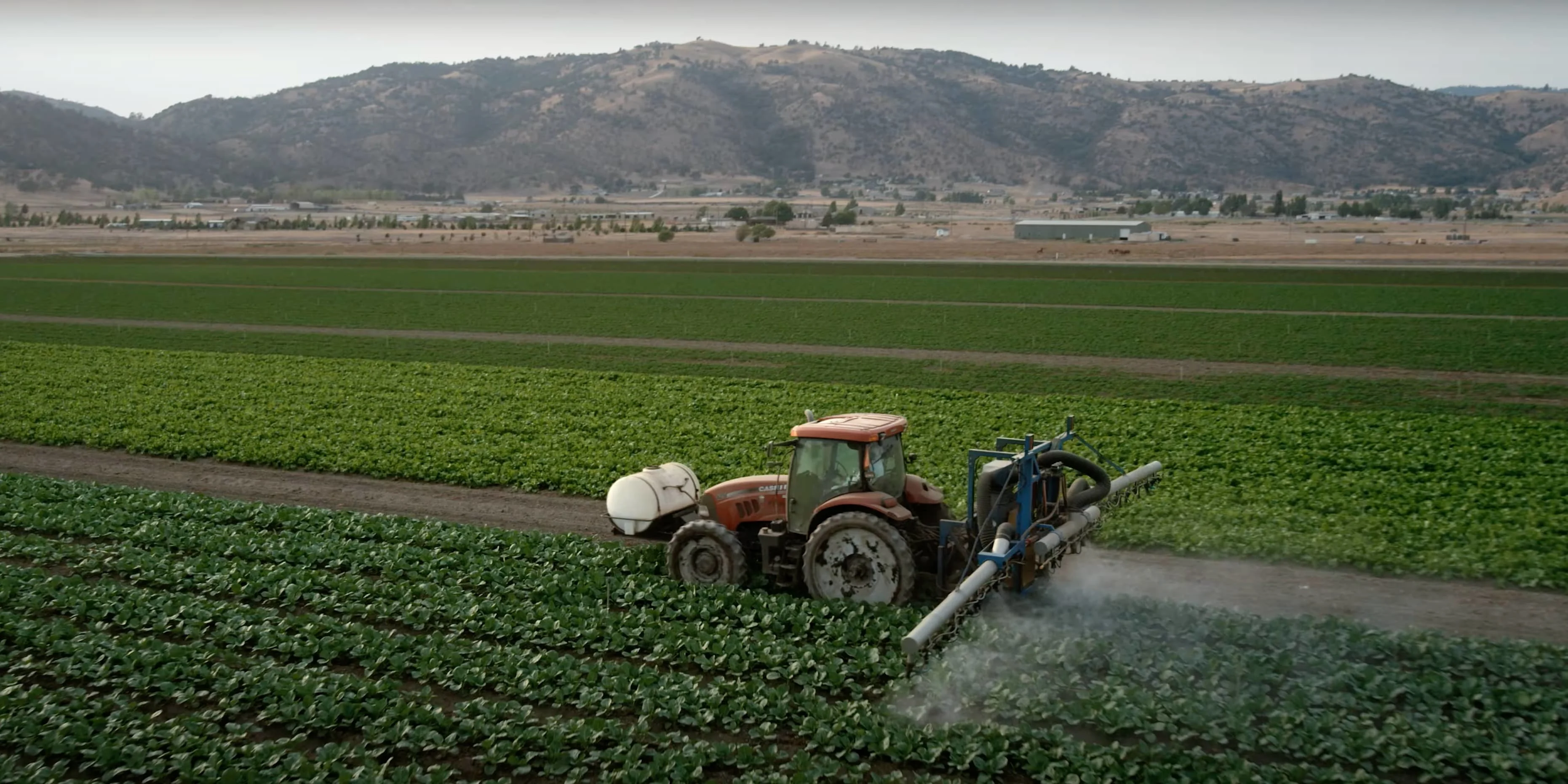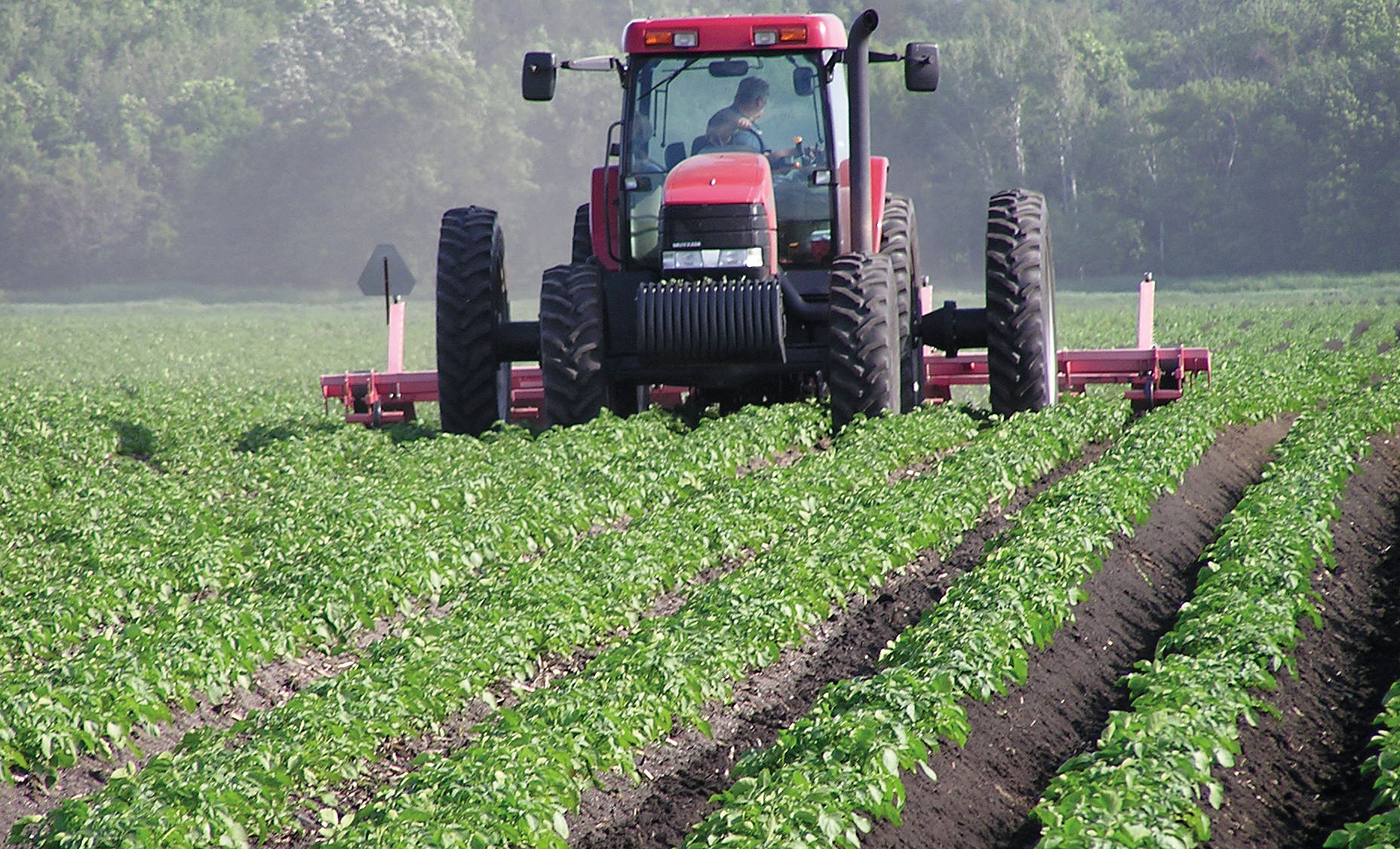Enhance Agricultural Efficiency With High-Quality Water Soluble Polymers
These polymers provide an array of advantages that can revolutionize typical farming methods, from boosting water retention and effectiveness to enhancing soil structure and nutrient shipment systems. By using the power of ingenious polymer remedies, farmers can potentially open brand-new paths in the direction of accomplishing greater crop yields while mitigating ecological impacts.

Advantages of Water-Soluble Polymers
Water-soluble polymers supply a plethora of benefits in farming applications as a result of their enhanced water retention residential properties and capability to boost soil structure. Agriculture. These polymers, when added to the soil, can dramatically boost water holding ability, reducing the frequency of irrigation called for by crops. By creating a gel-like compound when blended with water, water-soluble polymers create a storage tank that gradually releases moisture to plant origins, making certain an extra constant water throughout dry spells
Additionally, these polymers help in stopping soil erosion by binding dirt fragments together, thus boosting soil framework and security. Enhanced dirt structure permits far better root infiltration and oygenation, promoting healthier plant growth and greater plant returns. Water-soluble polymers also help in nutrient retention by reducing leaching, ensuring that vital nutrients remain offered to plants for a longer period.
Improved Water Retention and Efficiency
Enhancing agricultural water retention and effectiveness through the unification of sophisticated polymer technologies has actually become a vital focus in contemporary farming techniques. Water-soluble polymers play an essential role in improving soil structure, enhancing water seepage, and decreasing water evaporation prices. By creating a thin movie on the soil surface, these polymers help to avoid water drainage and boost the dirt's water-holding ability, guaranteeing that plants have accessibility to an adequate water supply.
In addition, the use of top notch water-soluble polymers can considerably decrease the frequency of watering, as they boost the dirt's capability to maintain dampness for longer periods. This not just preserves water however likewise minimizes the energy and labor prices related to irrigation practices. Furthermore, improved water retention and effectiveness lead to much better nutrient uptake by plants, resulting in improved plant returns and overall agricultural efficiency.
Improved Nutrient Shipment Equipment
Offered the considerable impact of premium water-soluble polymers on improving water retention and effectiveness in farming, the focus currently shifts towards optimizing nutrient delivery systems to better enhance crop development and return. Enhanced nutrient shipment systems play a critical role in making certain that plants get the needed nutrients in a form that is conveniently available for uptake, advertising their overall wellness and productivity. By incorporating water-soluble polymers into nutrient delivery systems, the efficiency of nutrient uptake by plants can be considerably boosted.
One key benefit of using top quality water-soluble polymers in nutrient shipment systems is their capacity to control the release of nutrients, guaranteeing a consistent and regulated supply to plants over an extensive duration (Agriculture). This controlled release system helps prevent nutrient leaching and runoff, consequently making the most of vitamins and mineral utilization by plants and minimizing ecological influence

Soil Structure Optimization Methods
Maximizing dirt framework is vital in contemporary farming for making the most of plant returns and promoting lasting land management techniques. Dirt framework optimization methods play a crucial function in guaranteeing that soil provides an excellent atmosphere for plant growth. One essential strategy is the addition of natural matter, such as compost or manure, which aids boost soil structure by improving its water-holding ability and nutrient retention.
Moreover, exercising minimal husbandry or no-till farming can protect against dirt compaction and advertise the development of a healthy and balanced soil framework. Cover cropping is another efficient technique that involves growing plants particularly to improve the soil and secure, preventing disintegration and improving dirt structure.
Additionally, executing crop turning methods can help damage bug and condition cycles, while likewise enhancing soil structure via the varying root frameworks of various plants. Overall, utilizing these dirt structure optimization techniques can result in raised farming efficiency, minimized ecological effect, and long-term sustainability in farming methods.
Sustainable Solutions for Plant Returns

To resolve the obstacles of taking full advantage of crop yields while advertising sustainable land management techniques, exploring sustainable remedies ends up being important in modern agriculture. Executing lasting agricultural methods look at this site is crucial for making sure long-term food safety and ecological preservation. One lasting service for enhancing crop yields is making use of precision agriculture strategies. By leveraging innovation such as GPS, sensors, and data analytics, his comment is here farmers can enhance making use of sources like water, plant foods, and chemicals, resulting in enhanced performance and performance.
Moreover, advertising crop turning and cover cropping can aid maintain dirt health, reduce erosion, and enhance vitamins and mineral biking, ultimately adding to greater yields with time. Integrated parasite management approaches also play a key function in lasting crop manufacturing by minimizing the reliance on chemical pesticides and promoting natural insect control approaches.
Additionally, purchasing study and development for developing drought-resistant crop varieties and climate-resilient farming techniques can aid reduce the effect of climate change on farming while guaranteeing consistent yields when faced with ecological obstacles. By adopting these lasting options, farmers can attain greater plant yields while safeguarding the health of the land for future generations.
Verdict
To conclude, using high-quality water-soluble polymers in agriculture provides many benefits such as enhanced water retention, enhanced nutrient shipment systems, and optimized dirt structure. By implementing sustainable remedies for crop yields, farmers can significantly raise farming efficiency and effectiveness. Agriculture. Water-soluble polymers give a eco friendly and cost-effective approach to boost the general efficiency of farming techniques, causing far better end results for both farmers and the setting
These polymers use a variety of advantages that can transform traditional farming methods, from enhancing water retention and performance to maximizing dirt framework and nutrient distribution systems.In addition, these polymers aid in stopping dirt disintegration by binding dirt fragments together, thus boosting dirt framework and security. By developing a thin movie on the dirt surface, these polymers aid to protect against water runoff and increase the soil's water-holding ability, ensuring that plants have accessibility to an adequate water supply.
Dirt structure optimization strategies play a critical function in ensuring that dirt provides an ideal atmosphere for plant growth.In conclusion, the use of high-quality water-soluble polymers in agriculture provides various benefits such as enhanced water retention, enhanced nutrient informative post delivery systems, and maximized dirt structure.